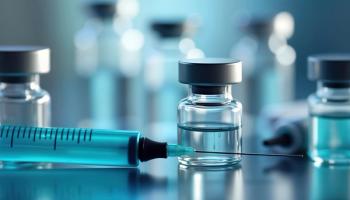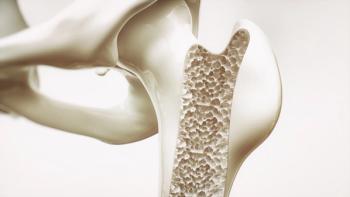
Two Reasons Why Payers Love Biosimilars
With all eyes on drug prices, payers are looking to biosimilar agents to cut costs-and improve patient outcomes.
According to the FDA,
In a recent Decision Resources Group report,
That’s why so many payer organizations are looking toward biosimilars, or drugs that are highly similar to a particular biologic product, to help contain those skyrocketing costs. Ashraf Shehata, MBA, MHA, a healthcare leader at KPMG, says that the European market has shown specialty drug savings in the range of 10% to 30% by moving to biosimilar products-and American payers are taking notice.
“There is a drive right now to reevaluate pharmaceutical spending. For several years, we’ve seen payers’ concern with escalating drug costs, especially on the specialty side,” he says. “With the FDA seeming more supportive of pushing drugs out onto the market, as well as the President’s initiative to accelerate the cycle time to get new drugs to market, biosimilars are getting more and more attention.”
As multiple forces converge to reduce different administrative and market challenges, facilitating the biosimilar market in the process, Shehata says that we will see more of these drugs added to payer formularies.
Here are two key reasons why payers love biosimilars:
- Reduced drug costs. In the past few years, there has been quite a bit of merger and acquisition activity across the payer space. Those M&A deals are now slowing down. And, as a result, Shehata says, the ability to contract price at the unit level for biologic equivalents appears to be waning.
“We’ve gotten to a point where the bigs have gotten bigger, the contracts have gotten stronger, and the rebates have continued to escalate,” he says. “I think we’re hitting a point of diminishing returns on trying to continue to squeeze unit cost.”
Related:
But biosimilar agents could help reduce those unit costs-provided physicians become comfortable with them and start wanting to prescribe them to patients.
“This can give us, I think, the next wave of potential unit cost reduction that the industry has been looking for,” he says. “And, over the next few years, they will help drive us beyond the unit-cost model to a total-cost-of-care model.”
- Improved patient outcomes. The total cost of care matters. Because payers want more than just short-term cost reductions. They also want to see long-term savings in the form of improved patient outcomes. Biosimilars, in the context of value-based contracting, can tie both the reduced costs of the drugs with the reduced costs of better outcomes.
“Payers have increasingly introduced these value-based programs with their provider contracts,” says Shehata. “The opportunity may be to introduce biosimilar replacements as one strategy to not only measure unit-cost reduction but also to attach that to better access to drugs and, as the consumers get the benefit of those clinical improvements, better outcomes.”
Taken together, Shehata argues that biosimilar agents can help payers move towards what he terms “total benefit design.”
“Payers are going to look at the incentives to drive towards smarter models of care,” he says. “They are going to look at the way they contract with provider and hospital systems to create those incentives. So, we will start thinking beyond ‘What’s the unit price?’ or ‘What’s my transaction with the drug company and how will I sell that to the health plan?’ to instead come up with a total value statement on the drug, the cost, the efficacy, and the ability to deliver it to the market.”
Kayt Sukel is a science and health writer based outside Houston.
Newsletter
Get the latest industry news, event updates, and more from Managed healthcare Executive.






















































